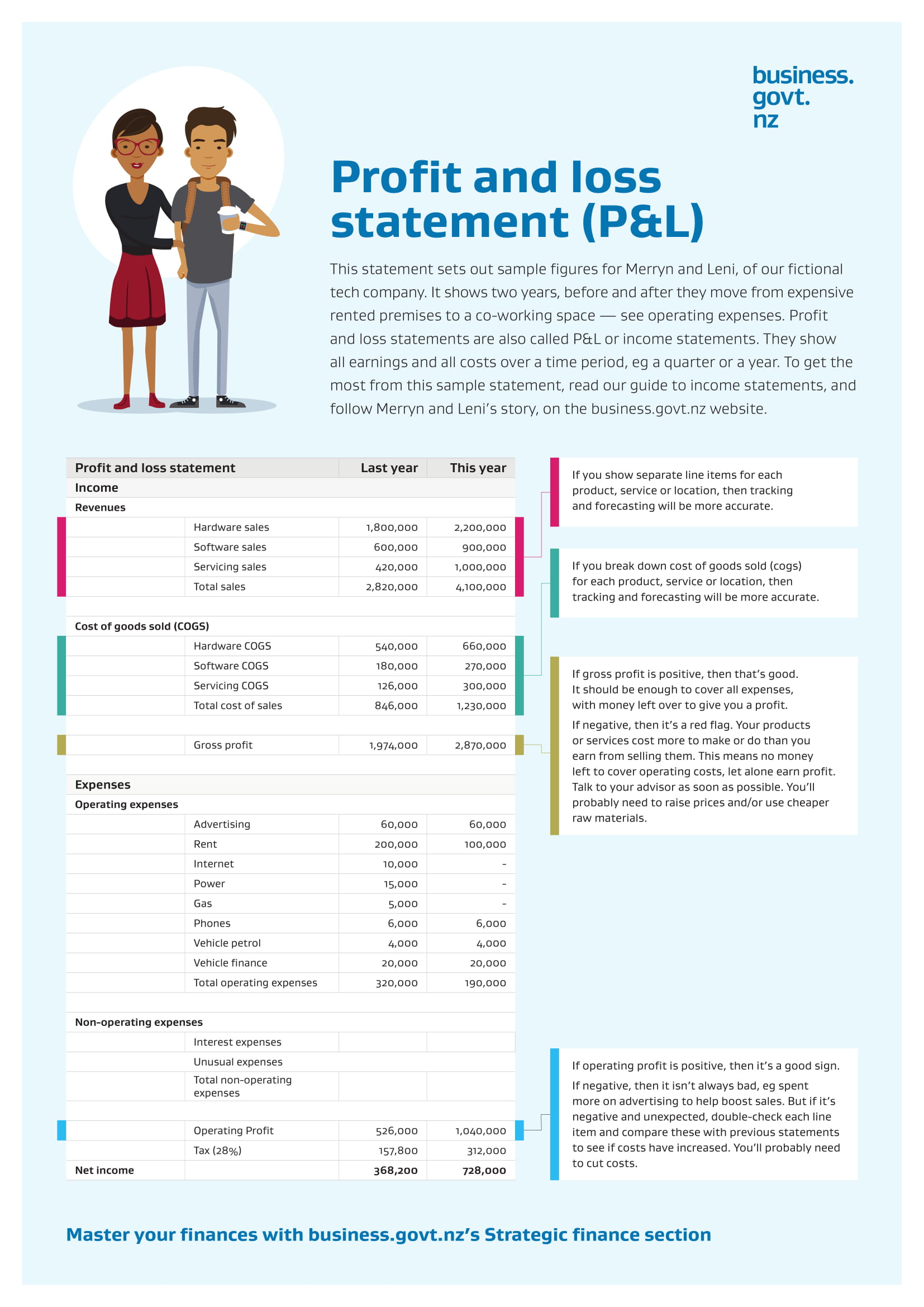
They each have distinct timbres, but when we record the performance with microphones, we notice the two sounds overlap. Going back to our example, let’s say we record the french horn player and the guitarist playing a unison melody. Keep this concept in mind as you move through the basics of EQ. When you use EQ to alter a sound, you’re really changing the volume of its partials relative to the rest. If not, they’re inharmonic.Ī highly harmonic sound like a bowed cello string is rich in evenly related partials, while a highly inharmonic sound like a cymbal crash is made up of only unrelated ones.

If the partials are related to the fundamental by a whole number ratio (ie, 2:1, 3:1, 4:1 etc.) they’re harmonic. These basic components are called partials. Complex just means any sound other than a basic sine wave.Īll complex sounds can be broken down into simple sine wave components. Unique, identifiable timbres are a property of all complex sounds.

What makes them sound different? Both instruments are playing a note with the same fundamental frequency, but each has its own unique timbre.Ī sound’s timbre gives our brains a lot of information about what it represents in the real world. Imagine a french horn and an electric guitar both playing the same A=440Hz note. Here’s a rough break down of where the common mix areas sit on the spectrum. Each element of your mix has energy in different parts of that range.ĮQ is the the tool you use to manipulate the frequency content of your mix so that everything is balanced and clear. Our ears can detect a huge range of frequencies-roughly 20 Hz to 20 kHz. What is EQ in music?ĮQ (or equalization) in music is the process of changing the balance of different frequency components in an audio signal. In this article I’ll go over everything you need to know to start using EQ like a pro-from the ground up. EQ is a powerful tool and you can easily do more harm than good. It’s so fundamental to the process that the majority of your time mixing music is probably spent tweaking EQ plugins.įor such a big topic, it’s important to have a firm grasp on the basics.

EQ is a massive subject for audio engineers.


 0 kommentar(er)
0 kommentar(er)
